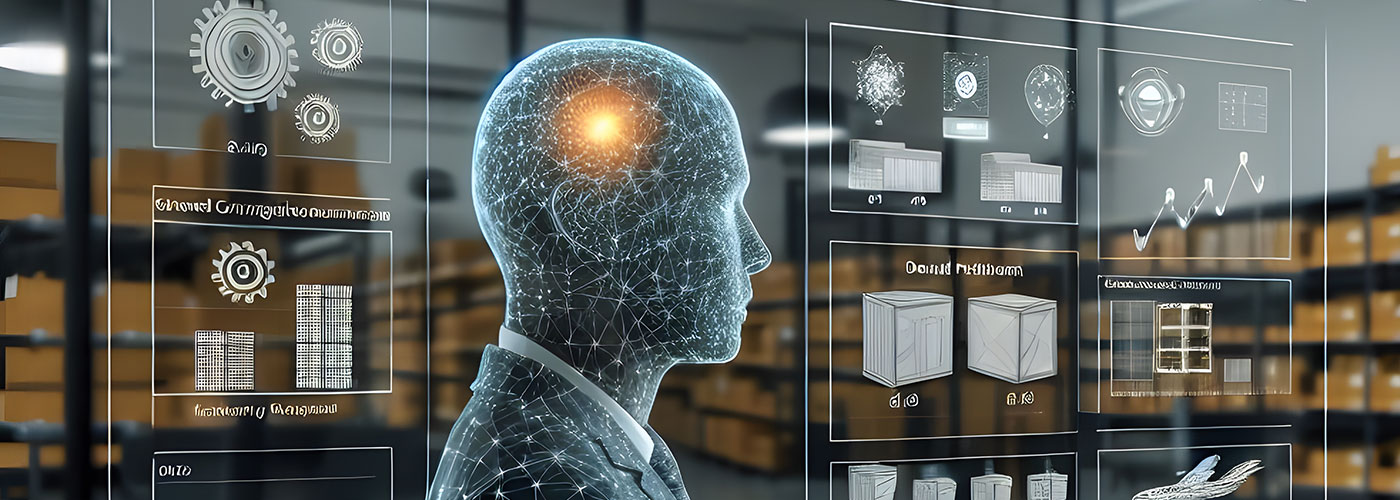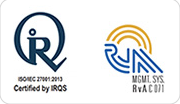The IDC predicts that 450 billion emails will be exchanged between businesses by 2020. Plowing through such an explosive amount of data is no cakewalk. Many organizations struggle with identifying the right databases and unearthing desired case information, due to lack of supportive resources and technology. Choosing the right e-Discovery software or service providers can help you successfully navigate voluminous and complex data, and reinforce your practice’s e-Discovery offerings.
1. Needs first.
First and foremost, it’s essential to evaluate your organization’s needs. Have an inclusive conversation with all your stakeholders, discuss your company’s past, present, and future, and appropriately decide your e-Discovery strategy[1]. Your end goal may be to reduce litigation spend, to reach a quick settlement, or to protect your IP; to reach that goal faster, you need to have a concrete e-Discovery strategy in place, that is well-communicated with all employees and vendors, so all the stakeholders can work together[2].
- Technology:Scout for technology solutions that best fit your company’s needs. Aspects you would have to consider are on-site vs. cloud-based software, data backup, compatibility with existing applications, scope of support etc.[1]. For frequently used processes, you could incorporate specific purpose technology . such as data collection or litigation hold software, and to maximize document review automation, you could use Technology Assisted Review. Finally, adopting a seamless company-wide software platform [2], can unify all your departments and your e-Discovery processes.
- Tools: A smart e-Discovery strategy uses tools that provide method, but are flexible and accommodative. While evaluating e-Discovery tools from service providers, be sure to determine the extent of process transparency and repeatability. Choose tools that are durable and customizable to your organization’s evolving needs [1].
- People:For the final numbers to make sense, all the different departments (in-house legal, outside counsel, IT, review team etc.) need to be in concert. This can happen only if there is clarity, transparency, and defensibility to the e-Discovery process. Assigning a dedicated liaison between the IT and legal teams is one way to minimize process inefficiencies [1].
- Security:The e-Discovery security protocol should protect all your confidential and proprietary resources, including people, processes, and technology [1].
2. Lessons from the past.
Examining your previous projects and processes will help you understand what to retain, what to amend, and what to discard.
- Processes:Assess previous and existing e-Discovery processes to understand if and how they can be modified to suit your future goals. The processes must be scalable to cope with rising data volumes and information sources such as mobile devices, cloud computing, new applications, business operations etc [1]. Eliminate those processes that are unsuitable for the organization’s e-Discovery future, but attempt to develop repeatable processes, where your teams are knowledgeable about previous data sets to avoid duplication of data and effort. This type of funnel-down approach will reduce the amount of data that reaches the review stage of your e-Discovery process.
- Issues:Having an understanding of the nature of issues the company has faced in the past (internal investigations, compliance, litigation, international issues such as data privacy etc.[1] will also contribute to an ideal e-Discovery solution.
3. Resource Review.
There are three things you need to review before you finalize your e-Discovery service provider and technology: Data, budget, and in-house staff.
- Data:Conducting a thorough review of all paper and electronic information (stored in emails, applications, PDFs, HTML, compressed files, mobile devices etc.) is critical. To avoid repetition of data in cases of repeat litigation, invest in a data repository solution that both in-house employees and vendors can use. Also, data from wearable devices, social media, cloud sources, audio/video/image files, and proprietary formats may affect your e-Discovery solution [1].
- Budget:Legal Departments need to justify budget allocation for project requirements, so it’s vital that your budget cover potential consequences of the e-Discovery project. Try to identify hidden costs and develop variations of e-Discovery solutions based on cost constraints [1].
- Roles:It is important to outline the exact roles of your in-house legal, IT, and HR staff in the e-Discovery process. This will determine the extent of training they will have to undergo with respect to technology, changes in legal services, business operations, effects of mergers/ acquisitions etc [1]. It will help decide each department’s commitment to the final goal, and consequently the relevance of the National e-Discovery counsel, outside counsel, and vendors.
Finding the right service provider and technology to streamline and perfect your e-Discovery can save costs, improve efficiency, and free up your in-house counsel’s time to focus on other pressing tasks.
LegalEase Solutions is one such legal service provider that has excelled at e-Discovery for over 14 years, helping over 1,000 law practices around the world meet deadlines and high quality standards. Our expert team collaborates with in-house teams, stays abreast of new technology and techniques, and delivers quick and efficient results. If you need support with a project, e-Discovery or otherwise, please feel free to reach out to us at contact@legaleasesolutions.com. Our team of expert attorneys is happy to help.
References
[1] https://corpcounsel.tradepub.com/free/w_epiq07/
[2] https://www.relativity.com/blog/5-steps-to-raising-your-teams-e-discovery-iq/
[3] https://www.exterro.com/blog/heart-of-the-matter-cutting-ediscovery-review-costs-tracking-metrics/







